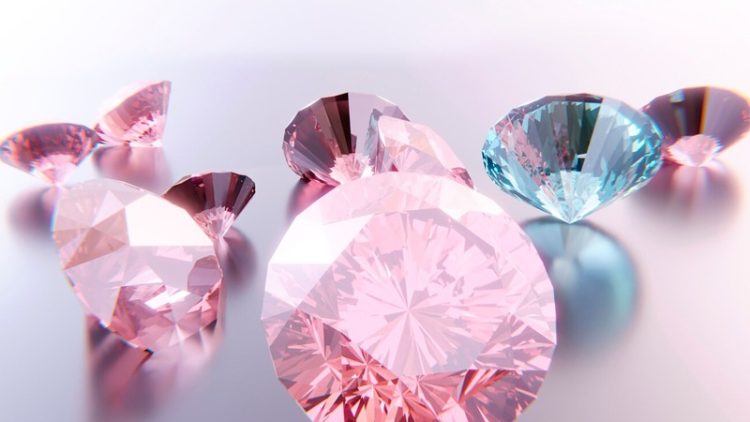What gemstones are more valuable than diamonds?
The value of gemstones is determined by various factors, including rarity, quality, size, and market demand. While diamonds are typically considered highly valuable, several gemstones can be more valuable than diamonds under certain conditions. Some examples include:
Red Beryl (Bixbite): Red beryl, often referred to as “red emerald,” is an extremely rare gemstone known for its vivid red color. It is significantly rarer than diamonds and can command a higher price per carat.
Blue Moonstone: High-quality blue moonstones, especially those with a strong blue adularescence, can be more valuable than diamonds of similar size.
Jadeite Jade: Jadeite, one of the two types of jade, is highly valued in some cultures, and top-quality jadeite can surpass the value of diamonds, particularly in the Asian market.
Musgravite: Musgravite is one of the rarest gemstones globally and can command a much higher price than diamonds.
Alexandrite: Alexandrite is prized for its color-changing properties, shifting from green in daylight to red under incandescent light. Fine-quality alexandrite can be more valuable than diamonds.
Pink Star Diamond: While we often think of diamonds as valuable, rare and exceptional diamonds like the Pink Star Diamond have broken auction records, demonstrating that some diamonds can be extremely valuable.
Grandidierite: Grandidierite is a rare and relatively unknown bluish-green mineral. Its scarcity can make it more valuable than many diamonds.
Blue Garnet: This color-changing garnet shifts between blue-green in daylight and purplish-red under incandescent light. High-quality blue garnets can be quite valuable.
Paraíba Tourmaline: Paraíba tourmalines are prized for their intense blue-green color and are among the most valuable tourmalines.
Red Spinel: Top-quality red spinels can be more valuable than lower-grade diamonds.
It’s essential to note that gemstone values can vary significantly based on their specific characteristics, including color, clarity, cut, and carat weight, as well as current market trends and consumer demand. Gemstone prices can fluctuate, and different markets may have varying preferences and valuations for specific stones.

